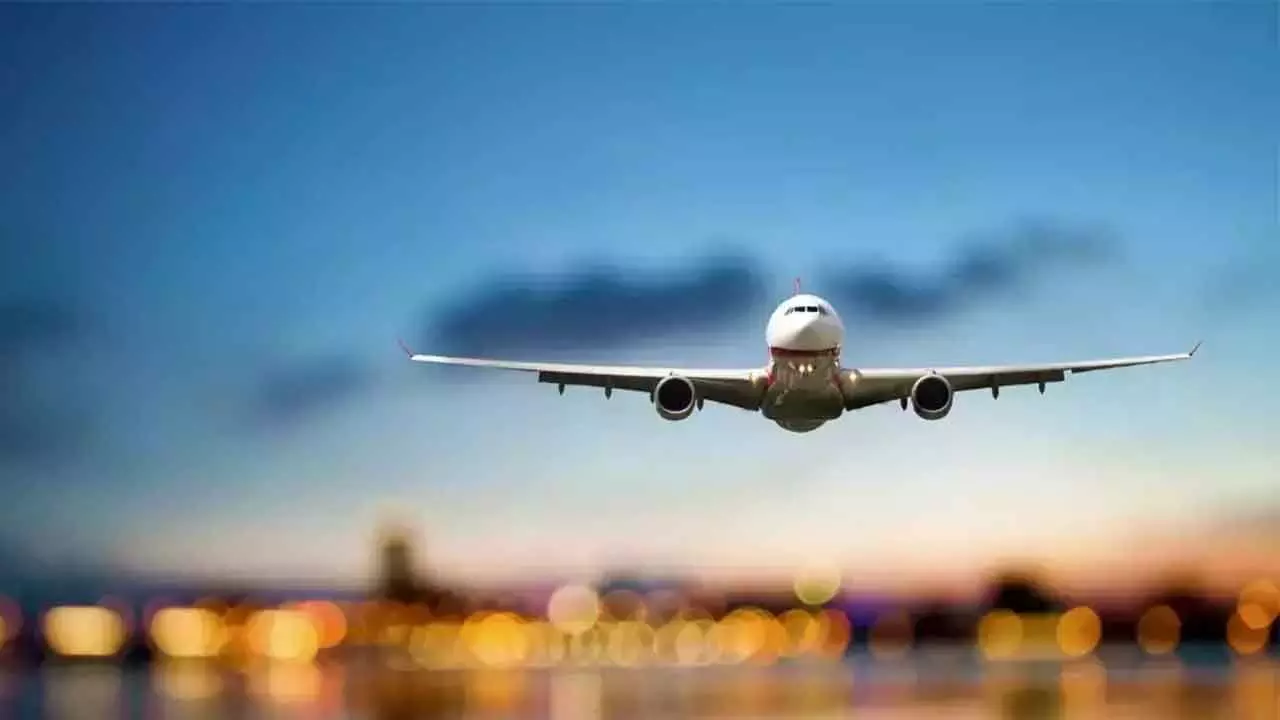Low-cost carriers will continue to bolster the aviation sector
Low-cost carriers will continue to bolster the aviation sector

Low-cost carriers (LCCs) have played a major role in the extraordinary expansion of aviation over the past quarter century, and there is every expectation that they will continue to do so. By 2030, as per current projections the numbers will nearly double. LCCs are an established and evolving part of the aviation industry. Although LCCs have pursued a number of different business models, a common factor is the laser-focus on the customer. In a cyclical industry subject to surges in the cost of fuel, not to mention crises such as terrorist attacks and health scares, LCCs have understood that maintaining a competitive advantage requires a relentless drive to cut costs, expand revenues, and maximize efficiency. Today, they produce around 33 per cent of all scheduled airline seats a week and operate 30 per cent of all scheduled flights, making them the fastest growing sector in the industry in recent years. Their operating model is to operate one single type aircraft; aircraft with the maximum number of seats; fly aircraft as long as possible each day and charge for additional services like preferred seating or upgraded wi-fi.
Low-cost airlines will explore every possibility to cut costs like landing at an airport sixty miles from the city centre. With a ruthless obsession on costs, LCCs also typically deal directly with their customers - tending to avoid OTAs and intermediaries where possible. As LCCs operate one-third of all airline seats globally, you would think that there are hundreds of such airlines in existence. However, there are currently 114 airlines defined by OAG as LCCs, out of 741 operating flights every week. So, with LCCs accounting for just 15 per cent of all airlines but 33 per cent of all seats it’s very clear that LCCs are larger than your average airline. There is a key reason for that: For any LCC to be successful it must have a level of operation that allows it to maximise its operational efficiency. For the larger LCCs this typically means operating at least a hundred aircraft and just one type of aircraft. Today, four of the largest ten airlines in the world are LCCs: Southwest: Ryanair; Indigo and easyJet.
The long-haul low-cost airline model has always been fashionable, but whether they are profitable is another question. There have been a number of launches and subsequent failures around the world. Long-haul LCCs are at their best in very large markets with no seasonality and where competitors offer low levels of frequency. It will always be challenging for a long-haul LCC competing in a seasonal market against seven flights a day from legacy airlines with attractive frequent flyer programmes, irrespective of the fare. Nevertheless, the next generation single aisle aircraft with extended flight ranges may change reliance on more expensive wide-bodied B787 type services. The aviation market is huge, by the end of 2024 there will have been 5.9 billion seats and 36.7 million flights operated, providing today’s travellers with a choice of airlines, products, and scheduling options. LCCs may have been able to hang on to the “low-cost” tag but when you sum up the cost of the ancillaries compared to airline’s airfare, sometimes it’s a close call.

